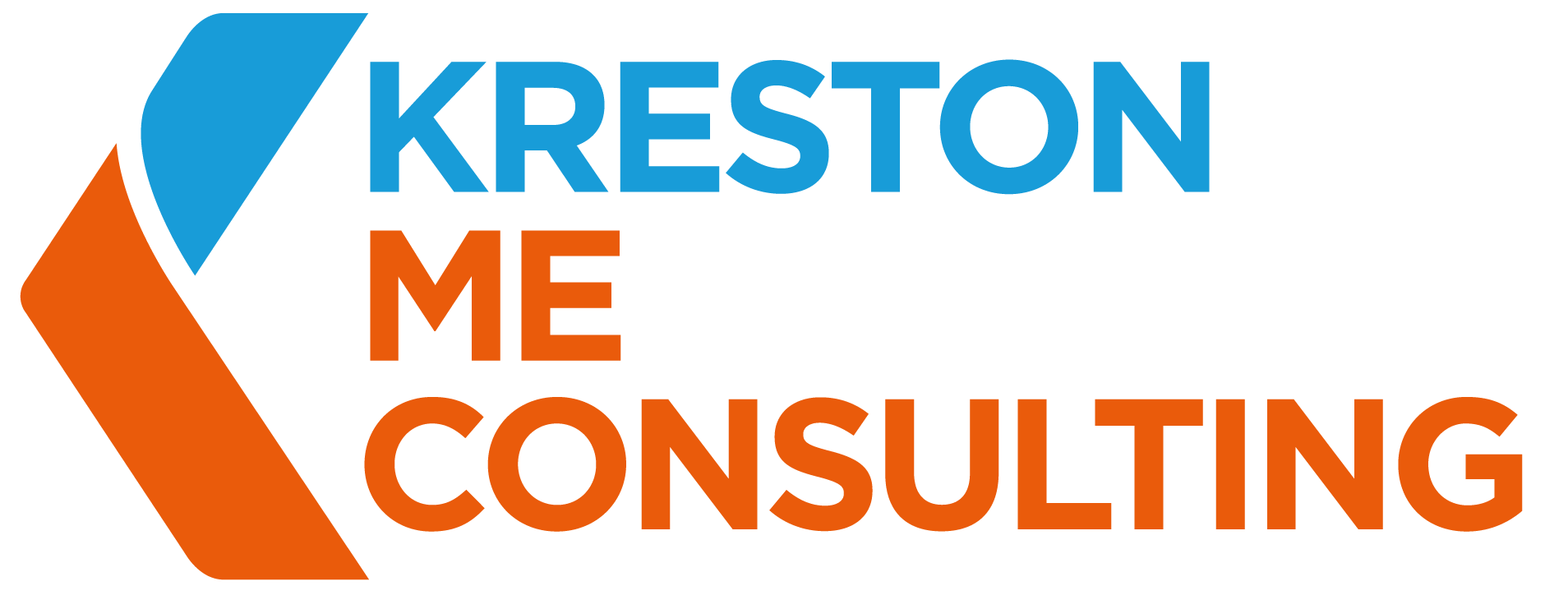Introduction
In this case study, we will explore a real-life scenario where financial due diligence played a crucial role in a significant business transaction. The client, Company X, was considering acquiring a smaller competitor, Company Y, in the same industry. The objective was to gain a competitive advantage and expand their market presence. Let’s dive into the details of how financial due diligence helped in making an informed decision.
Background
Company X, a well-established player in the industry, recognized the potential strategic benefits of acquiring Company Y. However, before proceeding with the transaction, they wanted to assess the financial health and risks associated with the target company. They engaged our financial due diligence team to conduct a comprehensive analysis and provide valuable insights.
Methodology
Our financial due diligence experts followed a structured approach to evaluate Company Y’s financial standing. The process involved:
• Gathering Financial Data: We obtained financial statements, tax records, and other relevant financial documents from Company Y.
• Financial Performance Analysis: We analyzed Company Y’s financial performance over the past few years, including revenue, profitability, and cash flow trends. This analysis helped us identify any potential areas of concern or opportunities.
• Asset and Liability Review: We examined Company Y’s assets, including property, inventory, and intellectual property. We also assessed their liabilities, such as outstanding debts, loans, and contractual obligations.
• Financial Systems and Controls: We evaluated the effectiveness of Company Y’s financial systems and controls to ensure accuracy, reliability, and compliance with accounting standards.
• Risk Assessment: We identified potential financial risks, such as regulatory compliance issues, pending litigations, and customer concentration. This assessment allowed us to quantify the risks and develop risk mitigation strategies.
• Financial Projections: Based on the historical data and market analysis, we prepared financial projections for Company Y, considering factors like revenue growth, cost structure, and market trends. These projections helped assess the future financial viability of the target company.
• Report Preparation: Finally, we compiled our findings into a comprehensive financial due diligence report, highlighting the key findings, risks, opportunities, and recommendations for Company X.
Findings and Recommendations
After conducting the financial due diligence, we presented our report to Company X, outlining the following key findings and recommendations:
• Financial Health: Company Y demonstrated consistent revenue growth and healthy profitability margins. However, we identified certain areas of concern related to their debt structure and working capital management.
• Risks and Opportunities: We identified potential risks associated with pending litigations and reliance on a few key customers. On the other hand, we uncovered opportunities for market expansion and synergies between Company X and Company Y.
• Risk Mitigation Strategies: We recommended specific strategies to mitigate the identified risks, such as diversifying the customer base, addressing legal issues promptly, and optimizing working capital management.
• Financial Projections: Based on our analysis, we provided financial projections for Company Y, estimating future revenue growth and profitability. These projections served as a reference for Company X to evaluate the potential return on investment.
Outcome
Armed with our comprehensive financial due diligence report and recommendations, Company X was able to make an informed decision regarding the acquisition of Company Y. They entered into negotiations with a clear understanding of the financial risks, opportunities, and potential synergies involved. The insights provided by our financial due diligence process contributed to a successful acquisition, enabling Company X to expand its market presence and enhance its competitive position.
Conclusion
This case study highlights the critical role of financial due diligence in supporting strategic decision-making. By conducting a thorough assessment of Company Y’s financial health, risks, and opportunities, we provided Company X with the necessary insights to proceed with confidence. Financial due diligence helped mitigate potential risks, identify synergies, and maximize the value of the transaction.
